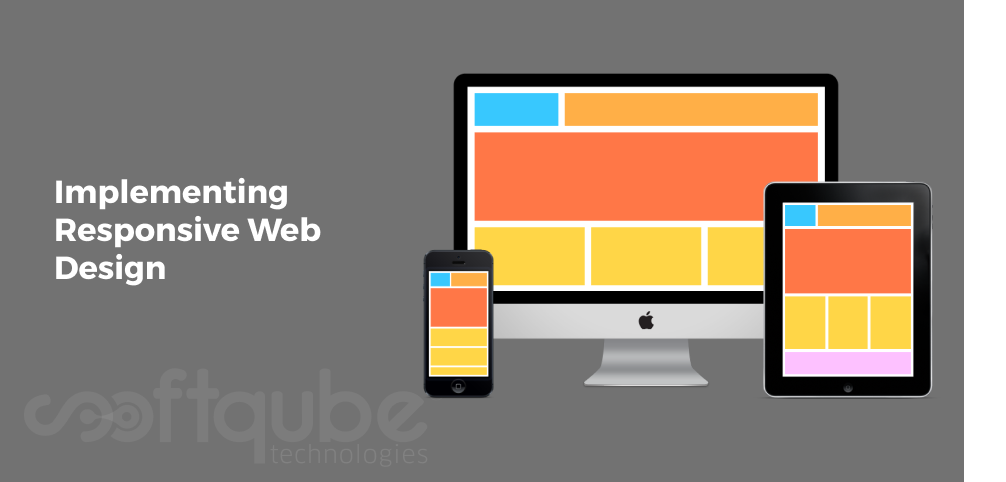At times, there’s a need to transfer the website from one hosting provider to another. This is at times a very cumbersome task. However, when planned carefully; website migration is really a very simple process.
If you go through the entire process of transferring the website from one host to another then following steps will help you to think about it and plan it in an easy manner for the most critical parts of the process.
However, before we know about the actual process. Let’s first of all understand what actually website migration is?

Website migration – Meaning:
In normal language; we can say that website migration means transferring the website from one hosting provider to another. Reasons for transfer may vary such as dissatisfaction from current hosting provider related to loading speed, server downtime or support, inability to handle traffic, managing two websites under one account or the need to shift from one hosting provider to another.
Before you begin to migrate; we advise you to follow these steps so that it will be easy for you to carry the process:
Website Migration Checklist:
Carry out deep research before selecting the hosting provider for your website. The hosting needs will depend on size, complexity and the website usage. Get connected with various website hosting teams in order to understand the resources in proper manner.
Let’s say if you have a complicated site then one of the best options is to talk to a professional who can have a look at your website structure and then suggest you resources for the same.
This can save your money in long run as the high performance packages are considered to be more expensive.
Have a website back up:
While transferring your website from one hosting provider to another it is advisable to have a backup because never know when everything goes wrong. With back up; one can easily revert to the original website state before starting the migration.
The backup of original site is what you use to transfer the data to the new hosting account.
It’s necessary to have a backup of your files, website design, layout and graphics along with HTML files which can be found in cPanel or FTP Server. Let’s say if your website uses CMS like WordPress, Joomla then you must have a backup of that as well.
Keep your customers updated:
Before shifting the entire content, inform your customers to let them know about the upcoming change even if they don’t notice it. Most migrations must not occur more than several seconds of downtime.
You must inform customers when something goes awry and you end up having a long downtime. The contact information must be included so that customers can contact you in case of any issues.
This is important if customers solely rely on your website at regular intervals.
Things to be borne in mind during migration process:
Website migration is a structured process where every step is related to the other and the progress is visible on the way. This maintains the focus on the work and time involved.
- Plan: Before you begin the migration process, arrange the meeting of all departments that will be taking part in the process to meet their needs as well as to manage the amount of work, time and costs which is to be involved.This includes all team members including web design, development, content creation and network engineering. Financial and legal terms must be considered in order to make sure that the project is within the budget and in adherence to law.
- Change your site’s architecture and structure: Website migration is the perfect opportunity to make changes to the site as well as URL structure. If you decide to make changes in the way pages and links are organized then it is necessary to have a clear plan before you begin.It is necessary to keep your objectives in mind while website migration actually happens. Let’s say is it necessary to transfer everything from existing site to the hosting site or only some of the older elements are only to be moved.
- Audit the Content: Quality of Content is the king. Content can either make or break the website. Ask these questions to yourself before migrating the site to ensure that it is on the right track:
- Content to be retained from older website
- What things must be changed?
- Know the relevancy of the content
- Does it get aligned with corporate brand vision?
- Existence of proper links to relevant content.
- Set a Launch Date: Every step of your strategy must have a designated time line and hence you will work against a deadline. Organize your tasks in such a way that every step has its own individual time line that allots suitable amount of time for every step.
- Conduct a small run: While you prepare to launch a new website; with dry run you can know what is working and what’s not. Once the site is uploaded to the new hosting provider then you will be able to access a live copy of your site even though it is not available to the public.Check to see that all links, analytics and graphics are in its perfect place once the website goes live at its new hosting address. This is an important step because it allows you to see the new website from customer’s point of view.
- Launch and Post Launch: As soon as the website goes live; view it closely and in case you are changing the domains then notify about the same to Google. Google will then verify the new domain and you need to check that your website is redirecting properly.After few weeks, start monitoring website’s rankings and traffic. Don’t forget to crosscheck the tracking codes that are set up correctly and are working properly too.
Wind Up
Once the website is successfully migrated then it’s time to run certain tests on every website page in order to make sure that everything is working in proper order. After successful migration, keep your site up to date; monitor your site’s performance in order to ensure that the process is completed successfully.
Once the migration is done, you will be able to promote the website’s content in order to get new customers for business.
So, next time while migrating the website; make sure you keep this checklist in mind. Let us know how this is helpful to you. Stay connected with Softqube Technologies; website development company India for more such tips and tricks.



















